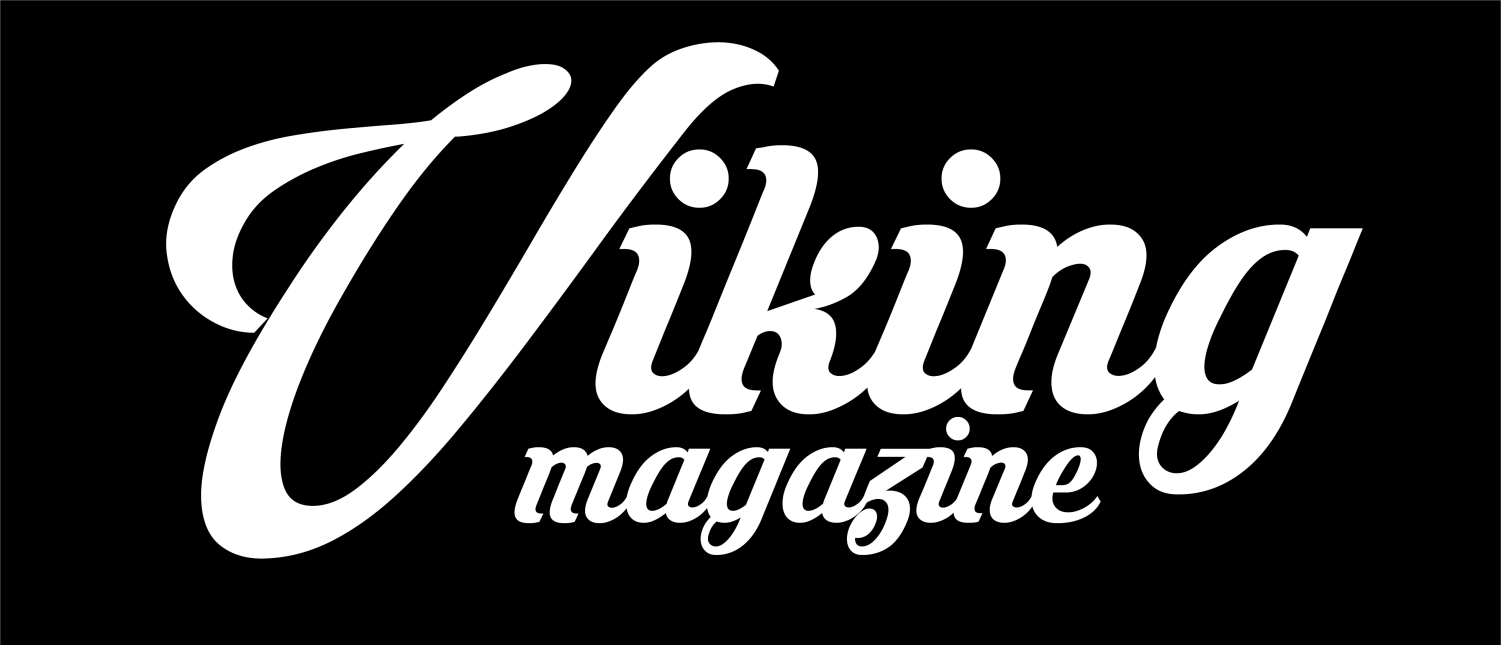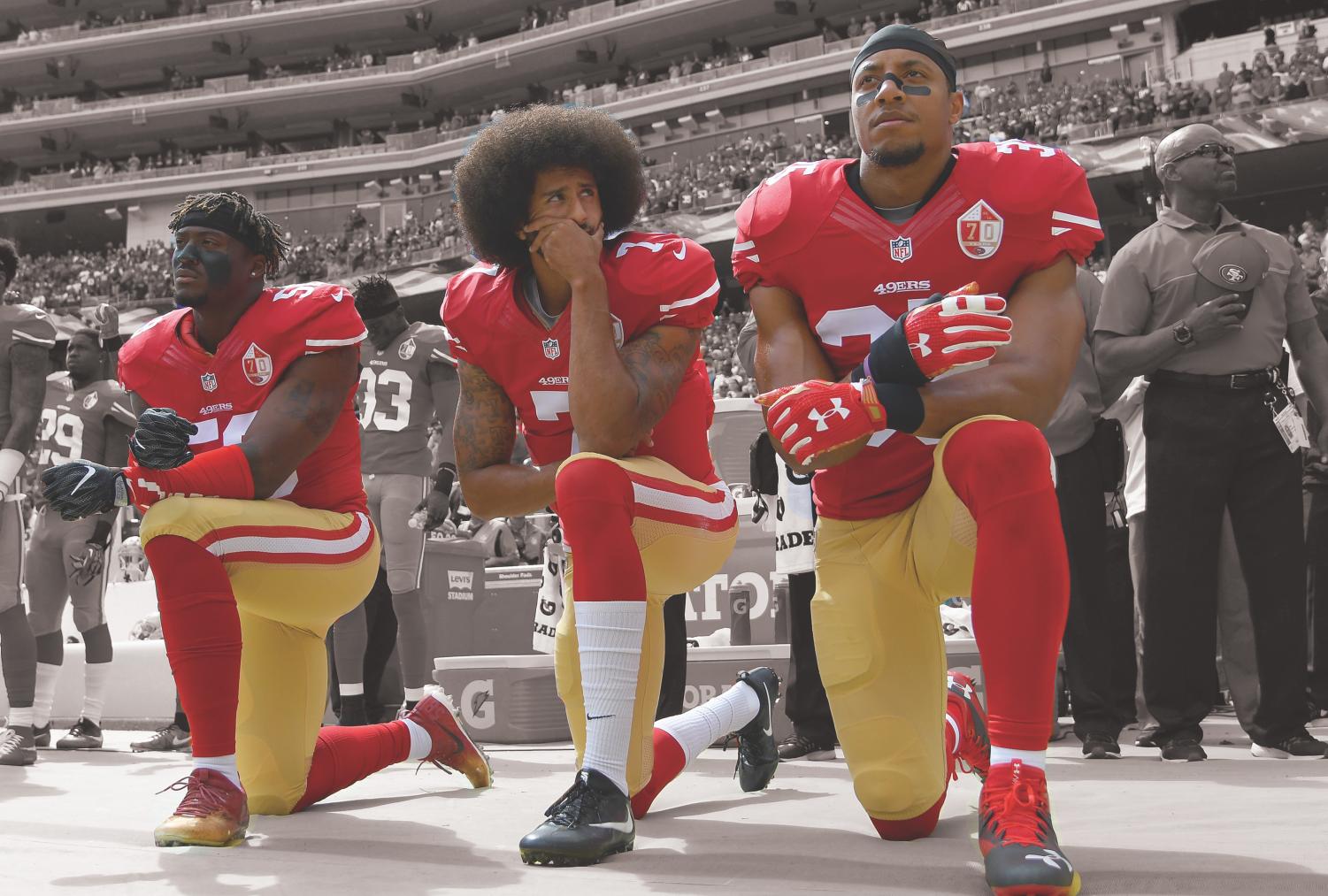The Evolution of the Athlete-Activist
In the past, an athlete’s power to exert change as an activist was always limited by the receptiveness of their audience. Today, a rapid shift in the way we think about athletes has given a new wave of players the chance to redefine what an athlete can be.
October 14, 2020
On September 1, 2016, fans piled into the stadium as the clock approached gametime. The sound of the “Star Spangled Banner” echoed across the field as the sea of fans stood up, taking off their caps and placing their right hands firmly on their hearts. The players on the turf faced towards the American flag flying high at the top of the stadium. On the field, a lone figure stood out, kneeling down on the grass while the tune of the national anthem played. It was a gesture as simple as they come, but its defiant message traveled far beyond the stadium walls. In that moment, 49ers quarterback Colin Kaepernick challenged the public perception of what it meant to be an athlete.
Danielle Slaton, who won a silver medal at the Olympics as a member of the 2000 US women’s national soccer team, reflects on her memory of Kaepernick’s protest.
“I don’t think there is anything he could have done on the field, that in history, he will be as remembered for as what he did in terms of his activism,” she says.
In 2016, many considered Kaepernick disrespectful and unpatriotic. Today, his actions have inspired a resurgence in political activism among athletes. Yet these protests are being seen in a new light as the expectation of what an athlete should be has been altered in the public eye. This has far reaching implications on the power that athletes have.
The role of an athlete, specifically relating to the balance between being a player and being an activist is, and always has been, dictated by those in power. League governing bodies and owners use their control over the players to decide whether a protest is silenced or highlighted.
Yet there is one group that holds even more power: the fans. Audiences have a strong influence over the decisions of those in power not only as the economic drivers of sports, but also by bringing these issues to light as they support the athletes who speak out. They have the capacity to limit or redefine an athlete’s ability to use their platform.
This principle has been highlighted today more than any other time in history with the murder of George Floyd.
Slaton believes this summer’s events forced much of America to consider how their country looked from the perspective of a person of color.
“[A]fter the George Floyd shooting we saw the world from different eyes. Seeing things with new eyes then causes us to have different actions and to take different steps and to believe different things,” she says.
However, it is impossible to determine whether these drastic shifts that leagues have taken are the result of leagues seeing the world from a new perspective or changing their opinions to maintain economic control.
Slaton’s view on the question is subject to her present outlook.
“Sometimes I am hopeful that the world is changing and people and leagues are getting behind these athletes… because they really believe that that is the right thing to do. On my skeptical days I think that they are doing it for money… The reality is that it is probably somewhere in between,” she says.
Historically, African American athletes have been a powerful nucleus in sports activism. As a group that has been marginalized and rendered powerless in so many aspects of life, their prominence in the sports world gave them a voice. That voice has only grown louder in recent years as their way of connecting with the public changed from print publications to instant broadcasting to millions through social media.
Slaton believes that this has been a crucial tool that has given today’s athletes more power than those of the past.
“The biggest difference today is the fact that we have social media and… athletes have a direct channel to the everyday person or fan. Before you had to go through bigger systems… with the media… now athletes take it straight to everyone in the world… and it has given [them] more power and more of a voice than has even been the case in the past,” she says.
Yet as history has shown us, the more important variable is the receptiveness of the audience themselves. Social media was still prevalent when Colin Kaepernick first began his protests, but the public’s ear did not listen to his pleas. Without the consent of their economic drivers, leagues did not bother to act on his words. Years later, the voices coming from the world of professional sports are louder than ever, but the change has been driven by the support of the fans who have forced leagues to listen to their players.
An athlete’s capacity to create change as an activist is directly influenced by their expected role as a player, and the receptiveness of leagues and fans. This principle is why athletes in our current climate have far more power than they did in the past. But one question still remains: Will the impact of this rapid change in public opinion endure and give athletes the platform they need to create change or will this spark burn out with time and further cement the idea that athletes, as Laura Ingrahm infamously said, should just “shut up and dribble”.
To examine the future of sports activism, it is first vital to examine the athletes who used their platform in the past. To bridge the gap between the athletes of yesterday and today, we examine Colin Kaepernick, a leader who has been seen both under the lens of the past as well as today’s perspective. Finally, we explore the events of today’s activists to determine whether this is a moment in time, set to fade when it is no longer fashionable for leagues to support causes, or whether this movement will profoundly change an athletes’ ability to use their platform in the future.
Throughout the late 50s and 60s the NBA was dominated by one team: the Bill Russell lead Celtics. With 11 titles in 12 years, this was the most dominant team in NBA history. However, it was also one of the most influential.
Coming off their ‘61 title, the Celtics were traveling to Indiana for an exhibition game in the pre-season when their African American players were denied access to a bar. This led Russell, K.C. Jones, Sam Jones, Al Butler, and Satch Sanders to boycott their next exhibition game in protest.
Refusal into bars was not the only racial injustice Russell experienced throughout his career, with similar instances occurring time and time again. Despite playing in the historically segregated city of Boston, Russell continued to use his platform to advocate for change and justice for those who had no voice.
Last year, Russell’s legacy as an influential activist was cemented as he received the Arthur Ashe Courage Award. This award is given to those who demonstrate utmost courage in the world of sports activism like prominent racial activist and tennis star Arthur Ashe.
“Russell didn’t wait until he was safe to stand up for what was right,” Thompson said in the video. “Russell did that in the midst of winning 11 championships. He represented things that were right while he had something to lose.”
However, Russell was not the only goliath in sports-activism during the civil rights movement. There were many other Black athletes who risked their careers to bring issues to light.
Tommy Smith and John Carlos were slandered by the public and the International Olympic Committee after their iconic protest where they raised black-gloved fists on the podium at the Mexico City Olympics in 1968.
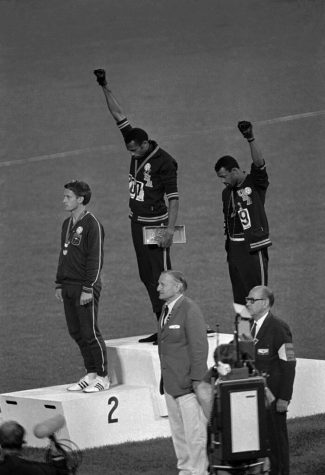
Muhammed Ali faced tremendous public backlash for his conscious objection to the Vietnam war. Unsurprisingly, he was only considered a hero once his voice, his primary source of power as an activist, was stymied by Parkinson’s Disease.
In the past, the role of an athlete, specifically an African American athlete, was entertainment, thus their capacity to create change was limited. This is not to say that the courageous athletes mentioned above did not truly fight for their beliefs, but many of these athletes had their careers limited for their actions. To choose to be an athlete who did stand was synonymous with accepting the end of your career as those in power would never permit an athlete to protest for racial injustice. The athlete activist was a role that was so strongly hated by the fans in America, that even a star like Muhammed Ali or Bill Russell was dispensable if they chose to stand.
To understand how dramatic the influence that fans have over leagues, one must only compare their opinions to the viewpoints of the league. In 1996, Mahmoud Abdul-Rauf was suspended by NBA commissioner David Stern for kneeling during the national anthem. When he staged his protest, 76% of white Americans believed that the NBA had made the correct decision in suspending Abdul-Rauf. Though the two parties eventually reached a compromise, the message was clear: the NBA does not accept racially-motivated protests because they wish to match the belief that the majority of their fans hold.
However, it is impossible to know whether this decision was made for economic reasons or simply because it was the belief that the league’s fans had at the time and thus it was the opinion of the league itself.
Between the 80s and the 21st century, there was a stark decline in athlete activism. This is not to say that it did not occur, but the period lacked the giants of the past who stood alongside the likes of Martin Luther King Jr. To connect the period of the distant past to today, there is one clear figure: Colin Kaepernick. Let’s return four years before that sunny September evening in 2016, 51 years after Russell began his protests.
Kaepernick began his career in the NFL as a second-round draft pick in 2011. Two years later, he had established himself as the best dual-threat quarterback in football and led his team to Super Bowl XLVII. However, his level of play stagnated and then faltered in the coming years as the 49ers dropped from the top team in the NFC west to the bottom in 2015.
In 2016, he stopped standing for the national anthem, instead taking a seat on the bench. Kaepernick’s protests were first noticed by a San Francisco beat writer on August 26 during a pre-season game with the Green Bay Packers. A day later, the photo went viral.
Though some praised Kaepernick for his actions in advocating for social justice, many were enraged at him for committing what they believed to be an act that disrespected his country and the people who fought for the American flag.
Despite the outpouring of hate, he strongly defended his actions.
“I am not going to stand up to show pride in a flag for a country that oppresses black people and people of color,” he said.
With the nation’s eyes upon him, Kaepernick met with Nate Boyer, a former NFL player who was also a Green Beret in the US Army. Boyer provided insight on how Kaepernick’s actions were perceived by those in the military. He suggested that Kaepernick kneel, just as soldiers do in front of the grave of a member lost in combat, because he believed it communicated a message that was more respectful but still powerful.
After his September first protest, he pledged to donate $1 million to organizations representing his aims of creating a world void of racial inequality.
His protest became a divisive phenomenon that ripped through the nation. Some believed he was exercising his first amendment rights while others saw his act as disrespectful to those who had served in the military.
Kaepernick’s actions brought praise and criticism from far beyond the confines of football. President Obama defended Kaepernick’s protest, saying that it was his constitutional right.
The NFL commissioner, Roger Goodell, took the opposite stance.
“I don’t necessarily agree with what he is doing. I support our players when they want to see change in society [because] we don’t live in a perfect society…On the other hand, we believe very strongly in patriotism in the NFL,” he said.
On September 11, 2016, the first day of the NFL regular season, Kaepernick knelt once again, this time accompanied by 49ers safety Eric Reid.
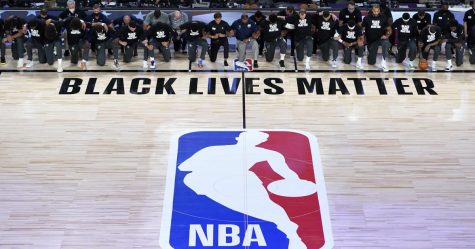
One kneel became two and two became many as dozens of players emulated Kaepernick’s actions, kneeling, raising their fists, or deliberately staying in the locker rooms as the tune of the anthem played. These protests spread across the league and beyond, as athletes from a variety of sports followed Kaepernick’s lead.
Yet after 13 games of protest, Kaepernick was benched by Chip Kelly, the 49ers head coach. He later opted out of his contract and was unable to find a team to sign with as a free agent. Many speculate whether Kaepernick’s inability to get signed was due to a lack of talent or due to the league’s distaste for social justice protests. The stats suggest the latter, considering that just three years prior to the protests he led a team to the Superbowl and was crowned NFC Conference Champion. While his performance had dwindled over the previous season, the decline didn’t fully justify his unemployment.
While Kaepernick is gone from the league, his impact remains. Since his first protests, our attitudes regarding players using their platforms for change have evolved, in a large part because of him. Slaton believes that his influence prepared us and allowed us to accept the progress that is happening today.
“At times there are jumps forward and at times things are happening in the underground that you don’t always see… . I feel like when we talk about 2016… [with] Kaepernick… that was progress. We did not know that it was progress at the time or it didn’t feel like big progress, but I don’t think we have the reaction that we have now without… Colin Kaepernick… and some of the things that really pressed us and primed us to be ready for 2020,” she says.
In a similar way to Bill Russell and Muhammed Ali, Kaepernick is now seen as a martyr figure as he sacrificed his career to use his platform to promote change for something he valued more. However, his sacrifice may be one of the last among athlete activists as his work has contributed to the new way that the public views athletes who speak out.
Colin Kaepernick is the branch between the activist-athletes of today and yesterday because he has been judged by both the expected role of the athlete in years past as well as the perception today. His journey from villain to hero takes us from the past to today’s movement.
To be an athlete in Kaepernick’s time was to be part of a changing public perception that drastically altered your job as an athlete. Before you were slandered for expressing your views, now you would be celebrated for being an athlete activist.
While the changing opinions of the leagues may or may not be financially related, Paly Junior Nicholas Shinghal believes that these changes are a direct result of leagues taking care of their bottom lines.
“We have to be honest with ourselves and the NFL isn’t willing to change because their money is not made in social change, that is not their bread and butter,” he says.
Today, as our country lies in a state of unrest with political and racial tensions high, there has been a remarkable change in athlete activism as leagues have become more accepting of their messages.
Leagues have released videos that promoted the athletes’ messages and allowed players to put messages on their jerseys. displaying a stark difference from their previous stances.
However the defining moment of athlete-activism, and perhaps of this new generation, was undoubtedly what transpired in the NBA bubble on the evening of August 27th.
In the wake of the Jacob Blake shooting, the Milwaukee Bucks sat out game five of the playoffs against the Orlando Magic, with full support from the team’s vice president. Many saw the parallels between their boycott and Russell’s nearly 60 years ago.
For the members of the Buck’s, police violence was personal. In 2018, the Buck’s very own Sterling Brown was tackled and tased by police officers after an incident regarding a parking violation.
Many other teams followed the Bucks lead and sat out their games, forcing the NBA to reschedule numerous other playoff games. After the event, the players convened for a conversation that lasted days, deliberating the effects of calling off the season or continuing to play. They eventually determined that their message would benefit most by continuing to play, but their break in pay was not in vain. They used their collective power to convince team owners to open voting stations at their home stadiums.
After over a century of courageous black athletes sacrificing their careers to further racial equality, the power had finally been put firmly in the hands of the players themselves to create change.
The Bucks’ decision spurred off a historic form of protest that rippled through the world of sports. In the MLB, the crack of the bat no longer echoed through the baseball stadiums as many teams called off their games.
Tennis player Naomi Osaka was also a strong voice of activism against racial inequality. When Blake was killed, Osaka withdrew from the Western and Southern Open in show of support for the protests. She then went on to compete in the US open and wore 7 masks, one for each of her matches, with the names of black victims of police violence.
While she prevailed victorious in a historic come-from-behind victory, her powerful protest will likely be the lasting image in the public mind.
“Gone are the days in which athletes were reprimanded for their political activism,” Paly junior Anique Dittrich says. “Before, you could see that athletes were very career-oriented and Colin Kaepernick was the odd one out. But now that it’s so universally widespread to support BLM, I think that other athletes feel like they have more power and they can protest.
Clearly, these recent events have caused a new pattern to emerge: athletes can and will use their platforms to create tangible change, and they will not be stopped by any organization or person in power.
This change in culture was not only felt in the world of the athletes, but also in the world of the fans. Never before had so many games been cancelled. With a source of entertainment for millions of Americans being taken away, fans were forced to consider what their favorite players were fighting for, causing the public opinion on the controversial mixture of athletes and politics to only grow stronger.
The principle of fan power was displayed clearly in the wake of the George Floyd shooting. The wave of consciousness that washed over the country following his death altered the public viewpoint on kneeling during the national anthem significantly. In 2018, just 35% of citizens believed that it was acceptable to kneel during the national anthem while in 2020 that number lept to 52%.
Uncoincidentally, leagues quickly shifted to match their audience’s evolving opinion. The role of the athlete has been entirely redefined. Fans who ridiculed those who kneeled for the anthem are now attacking those who refuse to kneel.
To be a player in 2020 is no longer just to be among the top competitors in the sport, but to also have the choice to be an activist. This change is the result not only of the beliefs of the fans, but of the pliability of the league organizations, who are willing to make 180 degree turns in viewpoint, either as their eyes are opened to new beliefs or as they work to match the shifting opinions of their fans.
Diego Diaz, a Junior at Paly, believes that despite the underlying reasons that the leagues have for their changes, their support provides tremendous benefits to furthering the cause on racial injustice.
“What it creates is a conversation. With more athletes becoming activists that is just creating a better and bigger conversation,” he says.
To reflect on Kaepernick’s protest in 2016 and to consider the events that have taken athlete-activists in America to where they are today, one question remains: Is this a moment of power for Black athletes or will we see a profound difference in the way athlete activists are regarded in the future?
Slaton believes the future of activism in athletics is still unwritten, but the recent events will have a profound impact on the future of sports.
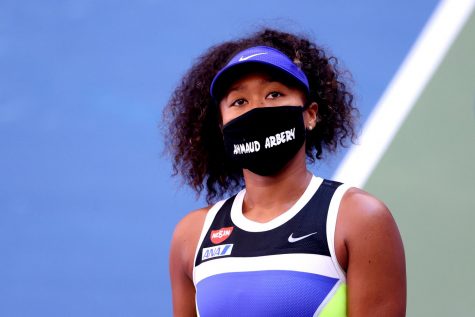
“What will stay is athletes understanding the knowledge that they have a tremendous amount of power they have maybe more power than they realize and a bigger platform than they realize and I think that is here to stay. I hope that something good comes from all this negativity. I’m hopeful this is the beginning of a movement. I’m hopeful that we will look back at this time the way that we look back on the civil rights movement in the 60s,” Slaton says. “But I think that our actions and how all people take up the call going forward will determine whether or not this is truly a movement or… just a moment in time”.
